Pros
Cons
Introduction
The even bigger question, however, is whether or not the {{product.brand.name}} condenser dryer is worth buying if you have the option of hooking up a conventional appliance. The answer, perhaps unsurprisingly, is no. Cycles take about twice as long in this machine than in a normal dryer (though that may have more to do with the fact that it's a compact) and overall drying performance—though fairly regular and effective—isn't exponentially superior to full-sized conventional dryers available for a lower price. Given that it's essentially a specialty item, sale prices are scarce; the best we found dropped the MSRP to about $1075. Unless you're looking for something that will keep your walls intact, that money would be better spent on a higher-end full-sized model.
Front
{{section_header}}{{section.name}}{{/section_header}}
This little dryer looks much any other compact: squat, with a white enamel finish and a very basic control layout.
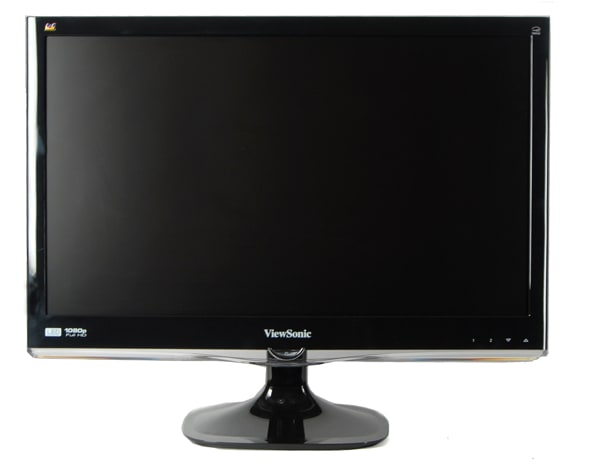
Controls
{{section_header}}{{section.name}}{{/section_header}}
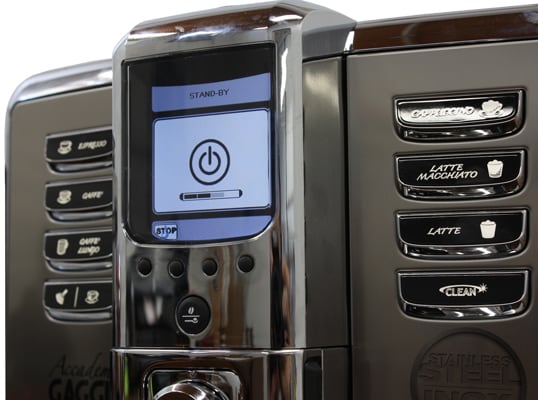
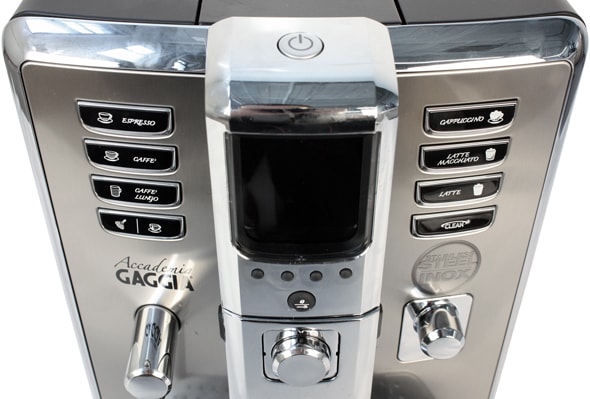
Drawer
{{section_header}}{{section.name}}{{/section_header}}
The user manual recommends cleaning the air cooler about three or four times every year. Cooling the air causes evaporated water to return to its liquid state, at which point it can be pulled out of the dryer and into your sink.
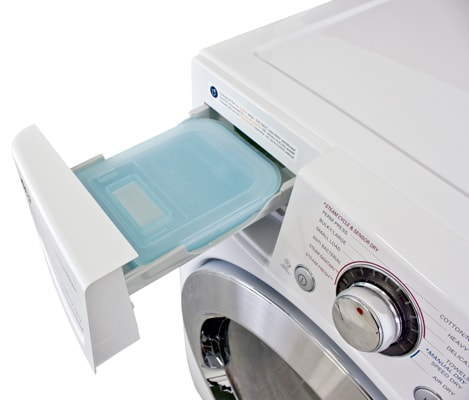
Interior
{{section_header}}{{section.name}}{{/section_header}}
The inside of the drum is finished with stainless steel. This is an element of higher-end design, as stainless steel won't flake or rust over time unlike enamel.
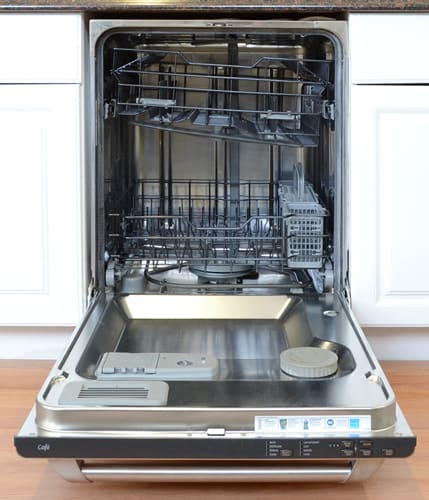
The interior of the CDWT980VSS.
The lint trap is fairly short, but makes up for that fact by unfolding. It's literally a lint trap, as opposed to the typical lint screen seen on full-sized models. Despite the added degree of complexity, it's very easy to clean, remove, and replace.
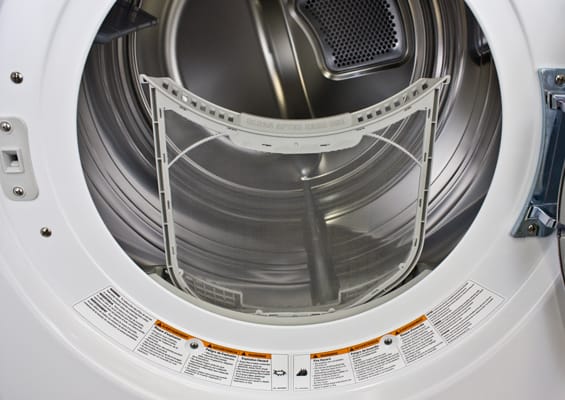
Sides
{{section_header}}{{section.name}}{{/section_header}}
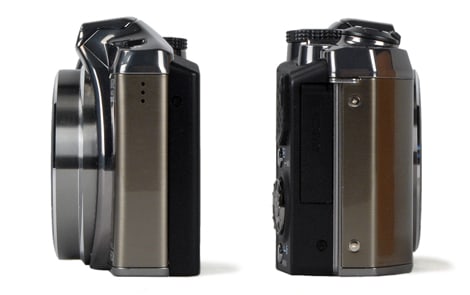
Olympus SZ-31MR iHS side views
Back
{{section_header}}{{section.name}}{{/section_header}}
As is the case with many European models, this dryer comes with a power cable already circuited into it. There's also a hose attached to the back which serves to drain the water for every cycle. You'll notice the black circle in the upper left corner—that's the outlet into which you would plug the matching washing machine.
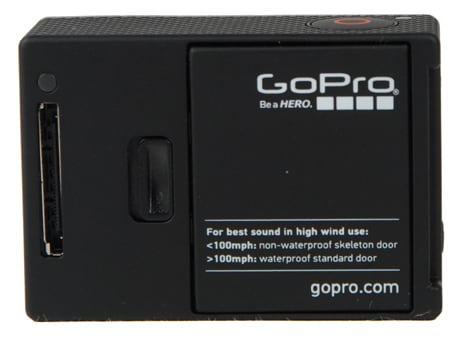
The {{product.brand.name}} requires no ventilation. Instead, it condenses the water and drains it out using this hose. We simply hooked the end of the hose over the edge of a bucket, but you can set it up using a regular sink or any other drain at hand.
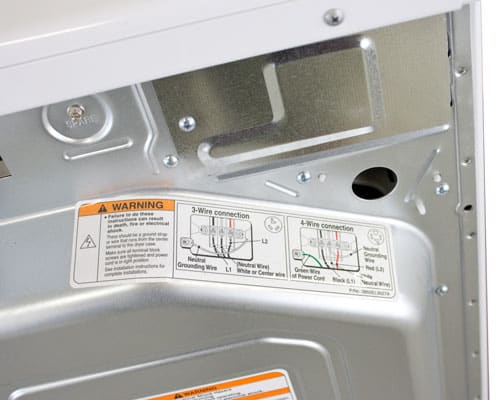
Speed & Performance Overview
{{section_header}}{{section.name}}{{/section_header}}
Generally speaking, this {{product.brand.name}} condenser dryer can hold its own with some full-sized conventional machines. Overall drying was nearly perfect for three out of our four tested cycles. There are two catches, though: temperatures were generally quite high (though it's worth noting that the peak heats were only reached for a very short period of time), and the cycles took a long time to finish.
Normal Cycle Performance
{{section_header}}{{section.name}}{{/section_header}}
While we never like seeing dryers only reach 99 percent dry on the Normal cycle, the fact that a compact machine managed to do that well with a full eight pound load is worth some praise. Temperatures did peak at 154 degrees, but they only stayed there briefly; most of the cycle was about ten degrees cooler than that. The biggest issue here is that cycle lasted about one hour and 40 minutes, much longer than you would expect from a full-sized dryer. Compared to other compacts we've seen, though, that's actually somewhat standard.
Delicates Cycle Performance
{{section_header}}{{section.name}}{{/section_header}}
The {{product.brand.name}} doesn't have a designated Delicate cycle, so based on the guidelines found in the user's manual, we used the Permanent Press cycle on Regular Dry with the Low Heat setting activated. Its drying results were perfect, with test loads reaching their 100 percent bone dry weight. As with the Normal test, temperatures peaked at a rather high point—140 degrees, to be precise—but it only stayed there briefly; for most of the cycle, it was about ten degrees cooler. Again, the cycles on a compact machine are going to be much longer than what you'd see on a full-sized model, and this was the longest one we tested: clothes may have come out completely dry, but it took just over two hours to finish.
Bulky Cycle Performance
{{section_header}}{{section.name}}{{/section_header}}
Sensor-based drying is a finicky thing, especially when you're dealing with large items such as the comforter we use to conduct the Bulky test. Again, there's no specific Bulky or Heavy Duty cycle, so we used the Permanent Press option with the Very Dry setting selected. Our first test lasted just 48 minutes, while the second run took about an hour and a half; clearly the sensor in this compact dryer wasn't able to handle the girth of our large comforter. Both times, the material came out with about 48 percent of moisture removed. If you're doing a lot of laundry with large items and your house can only fit a compact set, you're frankly better off taking them to the laundromat.
Quick Dry Cycle Performance
{{section_header}}{{section.name}}{{/section_header}}
The Short Dry cycle produced a very mixed bag of results. The good news is that our test load reached 96 percent dry, which is excellent by any standards. The catch is that a "quick" drying cycle on this machine lasted a full hour. If you're in a household that tends to get things done at the last minute with little time to spare, you'll want to look elsewhere.
Dry Cycles
{{section_header}}{{section.name}}{{/section_header}}
A quick glance at the cycle knob may cause you to think this machine has a ton of options to choose from. This isn't necessarily true. Rather than allowing you to customize the dryness level of a cycle using a different button, the {{product.brand.name}} lists the dryness levels available for the Regular and Permanent Press options as separate selections. As such, this machine really only has six options: the aforementioned Regular and Permanent Press settings, as well as two short programs (one without heat), an actual Short Program setting, and a specialized option for Wools. It's an unusual set up that may not make a whole lot of sense at first. If you're going to use the machine for specific types of laundry, you'll want to keep the manual to see what the ideal cycle to use would be.

Customization
{{section_header}}{{section.name}}{{/section_header}}
While you can select different dryness levels by choosing the appropriate option for Regular and Permanent Press cycles, there are no other customizable features anywhere on this dryer. There is no cycle with a manually adjustable duration and you can't change the temperature settings. Control of the dryer is essentially taken completely out of your hands with this machine.

Additional Drying Options
{{section_header}}{{section.name}}{{/section_header}}
There aren't very many features to speak of with the {{product.brand.name}}. There's a Wrinkle block setting that's built into the dryer already, so it'll be in effect whether you want to use it or not. Normally, the additional tumbling will go into effect for one hour; if you turn on the "Easy Ironing" option, that time will extend to two hours.
Two distinct features can be used at the consumer's discretion: the Low Heat option, as well as a delayed start time. The Low Heat setting can be turned on to reduce the overall heat used for a given cycle; this is meant to protect delicate fabrics, but it comes at the cost of longer drying times. Also, given that the condenser takes so long, it may be a viable option to run the machine while you're sleeping. For that, you have the delayed start feature. Using the timer in the center of the control panel, you can set the {{product.brand.name}} to start up to 24 hours later in 30 minute increments. This will allow you to plan your laundry to finish at the time you expect to wake up or arrive home from work, for instance.
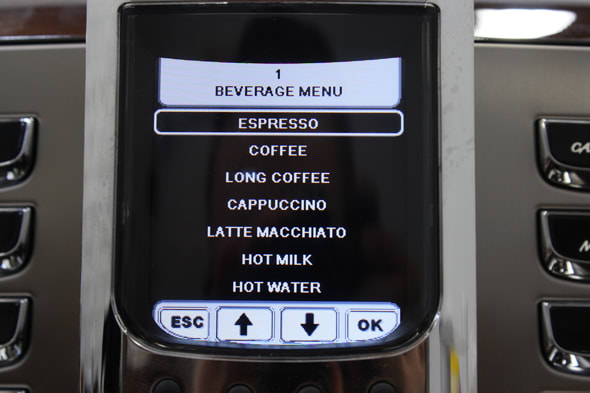
Controls
{{section_header}}{{section.name}}{{/section_header}}
Cycles are selected using a basic knob that feels surprisingly sturdy for such a small machine. The lack of other features means the rest of the buttons are very clear as to what purpose they serve. It's a layout with a very low learning curve, a pleasant trait that will make adjusting to a condenser dryer that much easier.


Door
{{section_header}}{{section.name}}{{/section_header}}
For all its other unusual features, the door is quite normal. The handle is a protrusion rather than a recessed nook, and is quite easy to grip. You'll want to make sure your laundry room is large enough that you don't accidentally hit it with your leg or laundry basket, though.

The interior of the CDWT980VSS.
Lint Trap
{{section_header}}{{section.name}}{{/section_header}}
The lint trap is fairly short, but makes up for that fact by unfolding. It's literally a lint trap, as opposed to the typical lint screen seen on full-sized models. Despite the added degree of complexity, it's very easy to clean, remove, and replace.

Conclusion
{{section_header}}{{section.name}}{{/section_header}}
Other than the convenience of not requiring any external venting, the {{product.name}} doesn't really have a lot going for it. Sure, it's a decent compact dryer—clothes got perfectly dry, or very near to it, on three out of four of the tested cycles—but cycles take an exceptionally long time, there is absolutely no way to manually customize a drying cycle, and the feature list is painfully short. True, this is the case for most compact dryers on the market; the difference between other compacts we've tested and the {{product.brand.name}}, however, is the price.
Unless you're looking for a compact machine that doesn't require venting, there are equally effective and cheaper options available on the market to choose from. Compared to the Blomberg DV17540, for instance, the {{product.brand.name}} is almost twice as expensive with an MSRP of $1199. In fact, another alternative for consumers looking for a compact machine (albeit one that requires traditional venting), you could always go with the Bosch Axxis WTV76100US drying performance was very reliable, despite the lengthy cycle durations.
Meet the tester
Matthew is a native of Brockton, Mass., and a graduate of Northeastern University, where he earned a degree in English and Theatre. He has also studied at the Gaiety School of Acting in Dublin, Ireland, and spends time pursuing a performance career in the greater Boston and Cambridge area.
Checking our work.
Our team is here to help you buy the best stuff and love what you own. Our writers, editors, and experts obsess over the products we cover to make sure you're confident and satisfied. Have a different opinion about something we recommend? Email us and we'll compare notes.
Shoot us an email